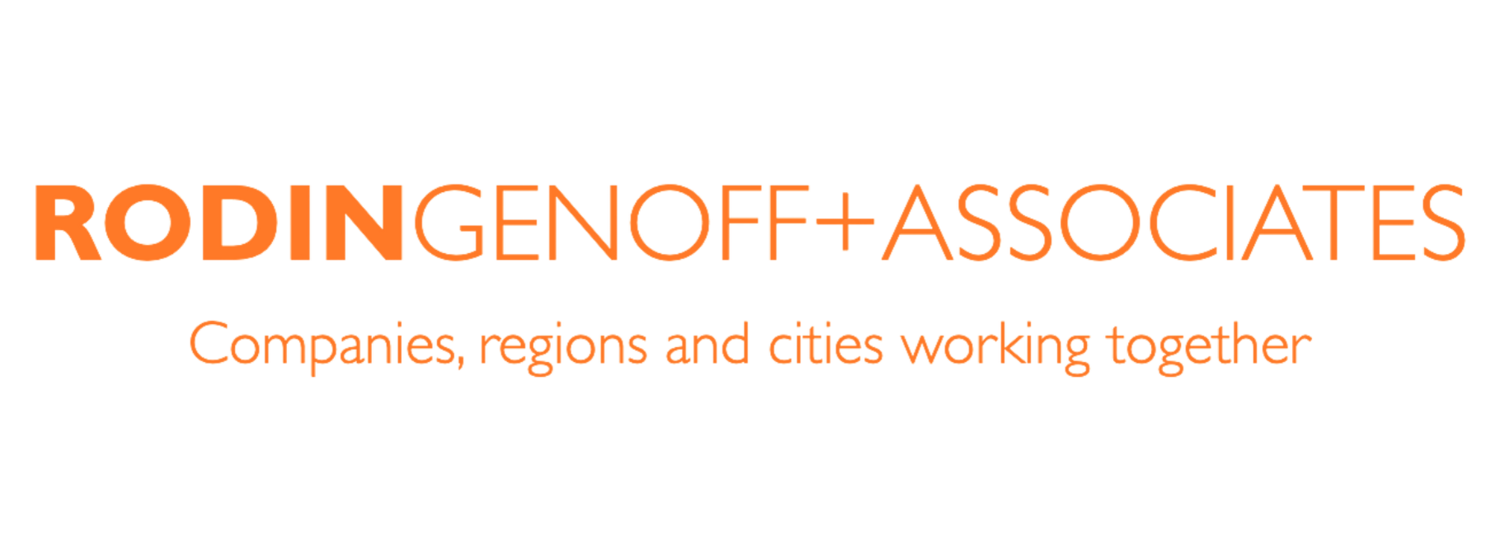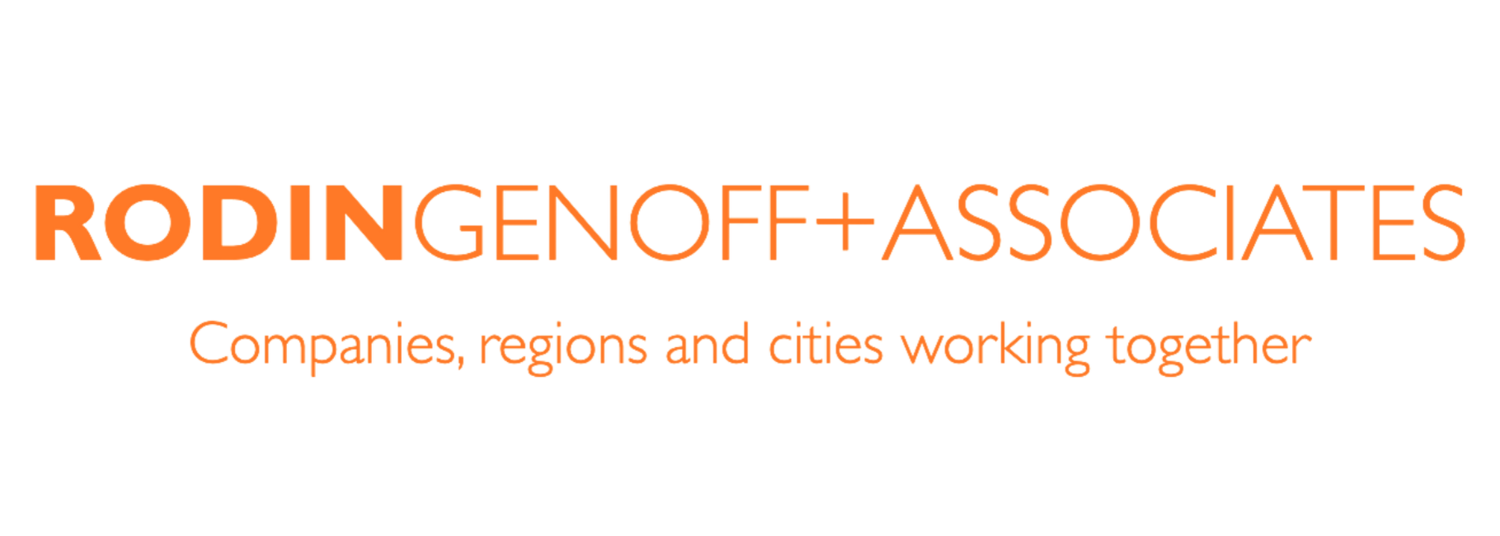Cities need circular economy to thrive, by Rodin Genoff for GovNews
This is the second part in a series from Rodin Genoff on 4.0 Cities and Circular Economies. For background, please read the first part if you haven’t already done so.
4.0 Cities – clustering opportunity, talent and know-how
Think smart grid. Now ask the question: “Who puts the smart into the grid?”
Think cleantech. Now ask the question: “Who puts the tech in the clean?”
4.0 Cities do.
The ‘smart’ and the ‘tech’ are all about intelligent engineering, software and systems integration building new types of manufacturing, creating business based on a new generation of artificial intelligence and big data, automation, robotics and 3D printing.
In the world of 4.0 Cities that cluster opportunity, talent and know-how, these core 21st century capabilities are found in abundance.
No nation can do without them, or the intelligent companies that call such cities home.
4.0 Cities are smart and hyper-connected
Don’t be fooled. 4.0 Cities consist of dense networks of interconnected small to medium sized enterprises (SMEs). The best of the best SMEs like Cohda, ultimately go on to become micro multinationals.
Smart, agile and highly innovative, they provide the hands-on experience and specialist knowledge that big companies need.
It is this interdependence that provides the spark to ignite new ideas, to create new goods and services. In the process, they are absolutely pivotal to strengthening a city’s creative milieu and innovative eco-system.
It is no accident that counties with innovative 4.0 Cities, such as Germany, Sweden and Denmark, outperform their peers.
Nor is it luck that countries focussed on this new manufacturing run current account surpluses of between four and seven per cent, compared to Australia with its persistent current account deficits averaging between two per cent and six per cent.
What a reality check! Australia has had 26 years of uninterrupted economic growth. Now is the time to seriously take stock and figure out how to become more innovative and productive before our luck runs out.
A good place to star is to examine how companies are using circular economy principles to thrive in the new economy.
New economy is circular
The circular economy is driving new investment informed by principles of re-use, re-manufacture, redesign and regeneration.
Even traditional companies like French automotive manufacturer Renault are reaping the rewards. “ The [circular economy] business model is already very profitable,” says Philippe Klein, a senior executive with Renault Nissan Alliance.
With 100 of the world’s largest companies signing up to circular economy principles and practices, a profound economic revolution is taking place around us.
These early adopters are creating entirely new business models like the global lighting and electronics company Philips, which no longer simply sells light bulbs, but lux or light as a service to its customers. Such companies create new environmental, social and economic value simultaneously.
The Ellen MacArthur Foundation, undertaking research in collaboration with McKinsey & Co and the World Economic Forum, has calculated that circular economy approaches could add US $1 trillion to the global economy by 2025. While the World Economy Forum’s recent report Intelligent Assets, Unlocking Circular Economy’s Potential concludes that going circular “…would allow Europe to increase resource productivity by up to 3% annually”.
Securing a position in the circular economy directly contributes to a city and nation’s productivity dividend.
Article originally published in Industry Intelligence Issue 3.0 May 2017.

